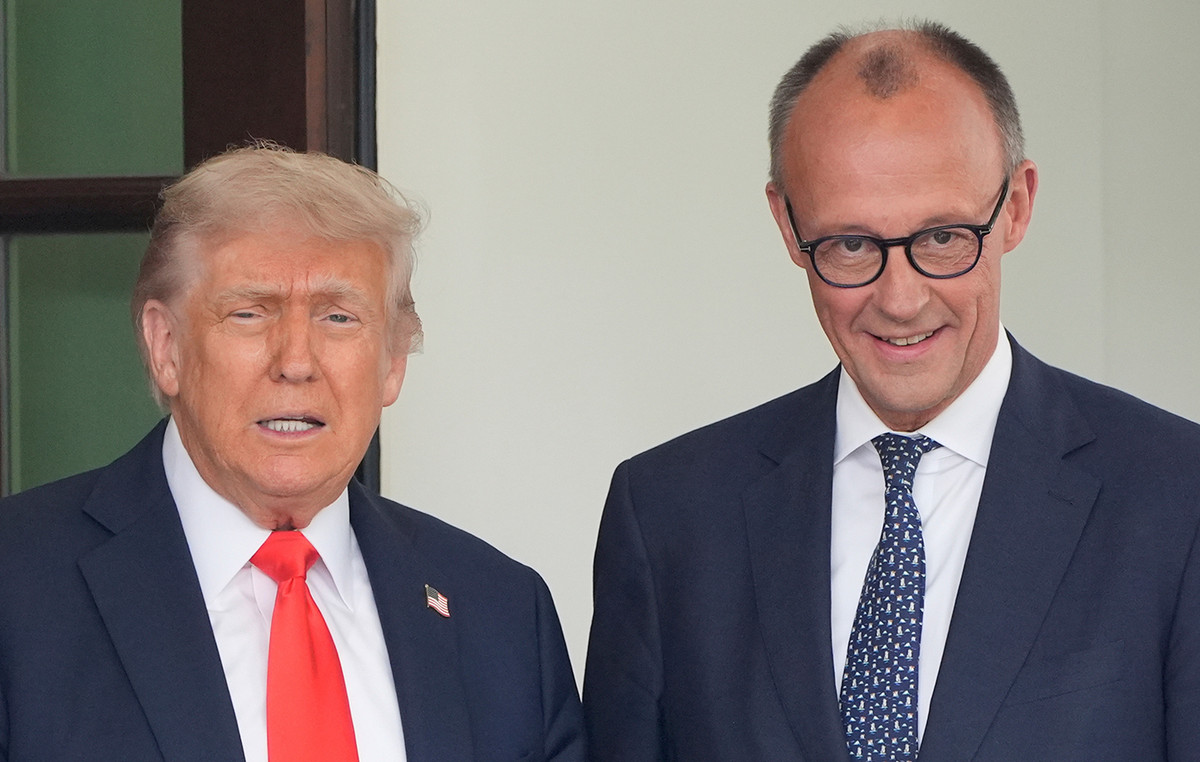- The Dow Jones wins 0.53% today, quoting at the time of writing at 42,525.
- The Nasdaq 100 advances 0.51% daily, driven by semiconductor (ON).
- The S&P 500 rebounds 0.59% on Tuesday consolidating at maximum May 29.
- The Jolts employment offers in the United States increase to 7.39 million in April, exceeding expectations.
- Lisa Cook, a member of the Board of Governors of the Fed, warned that the permanence of tariffs could lead to a stagning environment.
- Austan Goolsbee, president of the Chicago Fed, stressed that political uncertainty remains high due to commercial policies led by Donald Trump.
The Dow Jones marked a minimum of the day at 42,044, attracting buyers who promoted the maximum index of May 29 in 42,569.
The industrial average Dow Jones opened at 42,167, while the Nasdaq 100 technological index began operating in 21,435. The S&P 500 began negotiations in 21,435, taking up the short -term bullish trend.
Nvidia and Home Depot lead the profits in Dow Jones
The Dow Jones index wins 0.53% on Tuesday, reaching May 29 in 42,569
The NVDIA (NVDA) titles rise 2.92% in the day, reaching three days of three days on $ 142.00, signing its second consecutive day with profits.
In the same tonic, Home Depot (HD) values rebound 1.39%, reaching maximums not seen since May 21 in 373.54 $, ending with two consecutive sessions down.
The Dow Jones advances 224 points today, approaching the key resistance of 43,000.
Microchip technology and on semiconductor keep Nasdaq 100 on positive terrain
The Nasdaq 100 technological index rebounds 0.51% daily, operating at the time of writing at 21,660.
On semiconductor (ON) shares shoot 11.35% in the day, reaching maximums not seen from March 3 in $ 47,56, signing its second consecutive session upwards.
Following the bullish perspective, Microchip Technology (MCHP) titles earn 6.15% on the second day of the week, reaching maximums not seen since February 21 at $ 63.87, extending the profits obtained yesterday.
In this context, the Nasdaq 100 goes up 174 points, visiting maximums of three sessions in 21,718, pointing to the key zone of 22,000.
The S&P 500 operates with profits in the midst of the statements of the Federal Reserve members
Based on information provided by the US Labor Statistics Office, Jolts Employment Offers increased to 7,39 million in April, compared to the planned 7.1 million and 7.2 million observed the previous month.
In another front, the president of the Atlanta Federal Reserve, Rafael Bostic, highlighted in his speech today that he needs to see additional progress in reduction to inflation before considering cutting interest rates.
At the same time, Lisa Cook, a member of the Board of Governors of the Federal Reserve, commented that tariffs could lead to an estimated environment, since current commercial policy is affecting the economy.
The S&P 500 wins 0.59% in the day, consolidating at May 29 in 5,969, pointing at the important level of 6,000.
Technical Analysis of Dow Jones
The Dow Jones established a short -term support given by the minimum of May 23 in 41,175. The following key support is observed in 40,747, minimum of May 6 in convergence with the 50% fibonacci setback. To the north, the key resistance is 45,068, a pivot point of January 31, 2025.
Dow Jones daily graphics

Dow Jones Faqs
The Dow Jones Industrial Avenge, one of the oldest stock market indexes in the world, consists of the 30 most negotiated values in the United States. The index is weighted by the price instead of capitalization. It is calculated by adding the prices of the values that compose it and dividing them by a factor, currently 0.152. The index was founded by Charles Dow, also founder of the Wall Street Journal. In recent years it has been criticized for not being sufficiently representative, since it only follows 30 companies, unlike broader rates such as S&P 500.
There are many factors that promote the Dow Jones Industrial Average (DJIA) index. The main one is the added performance of the companies that compose it, revealed in the quarterly reports of business benefits. The American and world macroeconomic data also contribute, since they influence investor confidence. The level of interest rates, set by the Federal Reserve (FED), also influences the DJia, since it affects the cost of credit, on which many companies depend largely. Therefore, inflation can be a determining factor, as well as other parameters that influence the decisions of the Federal Reserve.
Dow’s theory is a method to identify the main trend of the stock market developed by Charles Dow. A key step is to compare the direction of the Dow Jones Industrial Avenge (DJIA) and the Dow Jones Transportation Average (DJTA) and just follow the trends in which both move in the same direction. The volume is a confirmation criterion. The theory uses elements of maximum and minimum analysis. Dow’s theory raises three phases of the trend: accumulation, when intelligent money begins to buy or sell; Public participation, when the general public joins the trend; and distribution, when intelligent money abandons the trend.
There are several ways to operate with the DJ. One of them is to use ETF that allow investors to negotiate the DJ as a single value, instead of having to buy shares of the 30 companies that compose it. An outstanding example is the SPDR Dow Jones Industrial Avenge ETF (day). Future contracts on the DJ allow the specular operators about the future value of the index and the options provide the right, but not the obligation, to buy or sell the index at a predetermined price in the future. Investment funds allow investors to buy a part of a diversified portfolio of DJ values, which provides exposure to global index.
Source: Fx Street
I am Joshua Winder, a senior-level journalist and editor at World Stock Market. I specialize in covering news related to the stock market and economic trends. With more than 8 years of experience in this field, I have become an expert in financial reporting.





